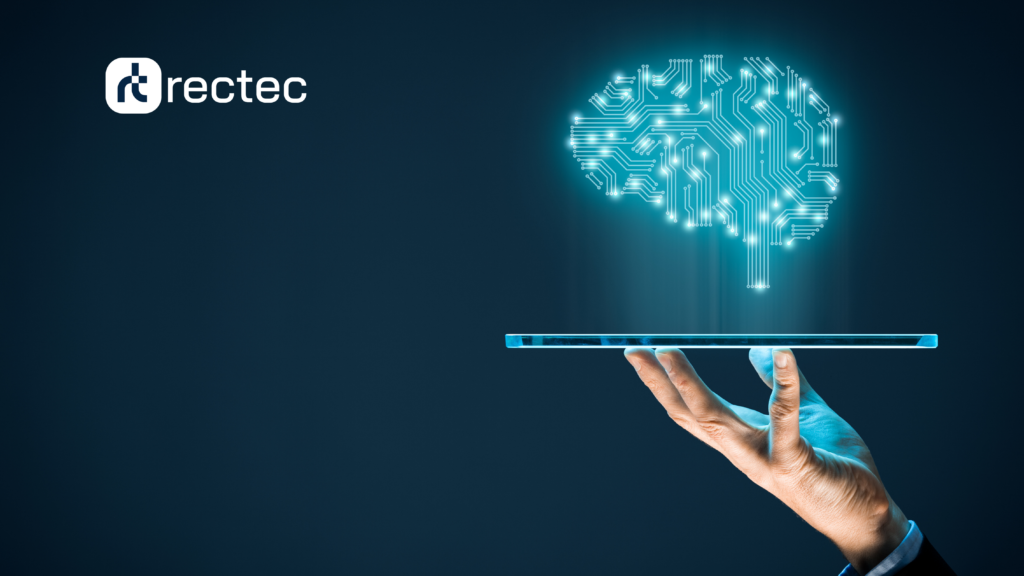HR AI and recruitment – a partnership readymade for the future, or a blind corner that leads to HR dysfunction?
The AI revolution is galloping along at a steady clip, and you’d be forgiven for thinking AI is on course for a complete HR industry takeover.
Advocates for HR AI dominance predict a world of work built around AI, supplemented by AI, and catered to and for AI across almost every sector, especially in workplaces.
But AI is still formative, the platforms are still (in some cases) raw and unwieldy, and at the business end of the HR AI overhaul are people who are still learning how to utilise it without fear of losing their jobs.
The successful integration of new workplace processes and tools requires workers and leadership teams to be aligned – indeed if the history of the industrial revolution teaches us anything it’s that when change is only as effective as complete stakeholder, worker and beneficiary buy-in, ushered in by years of experience and decided through negotiation between worker and employer.
Will HR AI upset the status quo? Without a doubt.
Effective change – the success of any HR AI product in the workplace – will require new, novel forms of management, teaching, support, welfare, and governmental oversight, not to mention new laws and regulations. This McKinsey piece does a good job of pulling apart hysteria from reality.
There is something AI practitioners and leaders are keen to overstate – unfettered, uncontrolled AI growth will make progress harder, will create insecurities where they don’t need to be any, and will upset a lot of people.
With the right support, the right oversight and the right regulation, AI will change the world. Indeed, it already is, and that’s because the best and brightest in the industry understand that “Humanware” is central to the success of autonomous systems.
What next for HR and recruitment AI?
Our partners at Onrec recently explored an eye-opening report from Totaljobs regarding AI and its use during the recruitment process, and we think some key points are worth diving into.
The 3 primary takeaways we want to focus on are:
- “Majority (88%) of UK workers are happy for Artificial Intelligence (AI) to be used in the hiring process but draw the line when it comes to replacing human decision-making.
- Almost three-quarters (72%) believe it should be mandatory for businesses to disclose when AI is used in the recruitment process.
- 44% of people are concerned AI will increase existing inequality and biases in the workplace with 46% believing AI will eventually make their roles ’obsolete’”.
Replacing the Human.
As the Onrec/Totaljobs report states, the vast majority of workers are happy with AI input during the recruitment process. But understanding the practical uses of AI only goes so far.
Recruitment is emotional, and so very, very human – the entire process of searching and finding a new job is an emotional one. The process of connecting with a new employer, learning new skills and understanding company and personal drivers is an emotional connection as much as it is professional.
So much of our careers and time spent at work is tied to a sense of self, a sense of purpose and belonging. There is a very real fear that an AI isn’t qualified and indeed shouldn’t be trusted to make a call on something as emotionally driven as deciding whether someone has passed a job interview.
The key is linking HR AI data-crunching to human-centric decision-making.
If HR leaders and TA progressions set the right expectations in regards to AI use – and communicate to applicants where and how AI is used to make better decisions – you’ll find an increase in positive AI sentiment…and, ideally, a more credible and successful hiring strategy.
Declare where HR AI is used.
This neatly rolls into the next point – mandatory admission of AI use.
Rules are coming into play across a suite of AI-impacted creator sectors, especially in imaging: creators, and regulators, are mulling over how best to “watermark” AI-created images to reduce false advertisement and abuse, and maintain photographic and human-centric creative integrity.
Within recruitment, mandatory reporting of AI use adds to a sense of transparent recruitment – that of candidates in control of their destinies and recruiters in control of their hiring processes, and of every party being aware of where the automotive ends and the human begins.
From reputation management to regulatory diligence to recruiting integrity, HR professionals need to be aware of the shifting sands of AI regulation and the reporting of AI use in the near future, if not for your own processes, then for the trust and buy-in of your candidate base.
HR AI and a lesson in obsolescence and bias.
Predictions vary as to just how many jobs will be “lost” to AI.
Most critics understand that AI-led change won’t be immediate, but a slow, steady, and (more than likely) inconsistent shift over years, and that virtually every sector will be impacted. But each sector will undergo a very particular change as a result of AI, some more pronounced and obvious than others.
The reasons are, of course, myriad – investment in some sectors will lead on others; regulation in some sectors may lag compared to others; some sectors may find AI is a fringe-use object of little impact, whereas others will be completely upended by it.
But the very real fear of a great job displacement isn’t far-fetched, and one many workers are aware of.
It’s worthwhile pointing out that we are not at the stage of AGI or super-intelligence (yet), and as such many of the data sets AI platforms are trained on are replete with inconsistencies and biases.
AI will continue to hallucinate without oversight, and if half of your workforce are fearful of AI integration then it’s implicit that leaders teach their teams about how AI will affect their roles and what sort of L&D expectations are required of them in future.
Give your teams the tools to improve. Don’t let them feel victimised without the ability to help themselves stay ahead of the technological curve!
At Rectec we help organisations to find the best recruitment and talent acquisition technologies to suit your needs.
From Applicant Tracking System and Recruitment CRM comparison, to vendor snapshots, and technology showcases in our unique technology marketplace, we provide fee-free tools to help you build the perfect recruitment tech stack for your business!

